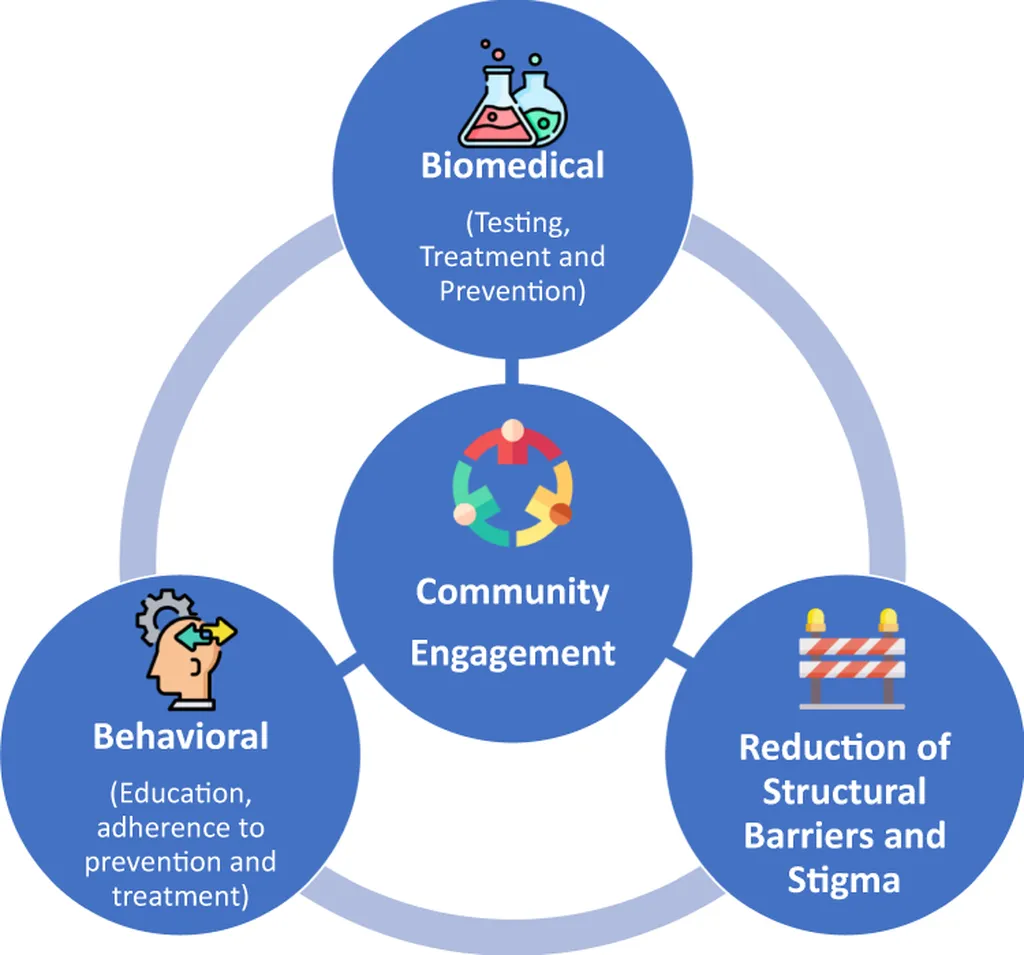In the realm of defence innovation, researchers Adi Shuchami and Teddy Lazebnik have ventured into uncharted territory, exploring the complex interplay between warfare and pandemic dynamics. Their work, conducted at the intersection of epidemiology and military strategy, offers a novel approach to understanding and mitigating the dual threats of war and disease.
The researchers have developed a sophisticated mathematical model that merges the epidemiological SIR (susceptible-infected-recovered) model with the Lanchester model, which is traditionally used to simulate combat dynamics. This integrated model allows them to examine the compounded impact of war and pandemic on population mortality. The Lanchester model, originally designed to predict the outcomes of military engagements, provides a framework for understanding the dynamics of warfare, while the SIR model offers insights into the spread of infectious diseases. By combining these two models, Shuchami and Lazebnik can simulate the complex interplay between these two large-scale crises.
One of the most innovative aspects of their research is the consideration of a dual-use healthcare system, which serves both military and civilian populations. This system aims to minimize overall mortality by implementing different administration policies. To optimize these policies, the researchers employed deep reinforcement learning, a type of machine learning that enables an agent to learn optimal actions through trial and error. They generated synthetic data using an agent-based simulation and trained their deep reinforcement learning model on this data to determine the most effective healthcare administration strategies.
Their findings reveal that the coexistence of war and pandemic can lead to chaotic dynamics, where the healthcare system must make critical decisions based on immediate mortality rates. The model suggests that the healthcare system should prioritize either war-injured soldiers or pandemic-infected civilians, depending on which group is experiencing higher mortality at any given time. This approach, which focuses on short-term objectives, contrasts with traditional healthcare strategies that often prioritize long-term outcomes.
The practical applications of this research for the defence and security sector are significant. By integrating conflict-related factors into epidemic modeling, military planners and healthcare administrators can enhance their preparedness and response strategies in conflict-affected areas. This integrated approach can help mitigate the devastating effects of simultaneous war and pandemic, ultimately saving lives and stabilizing societies.
Moreover, the use of deep reinforcement learning in this context demonstrates the potential of artificial intelligence to optimize complex decision-making processes in high-stakes environments. As the world continues to face multifaceted crises, the ability to model and respond to these challenges effectively will be crucial for maintaining global security and public health.
In conclusion, the work of Shuchami and Lazebnik represents a significant advancement in the field of defence innovation. Their integrated model and the application of deep reinforcement learning offer valuable insights and tools for managing the complex dynamics of war and pandemic. As such, their research has the potential to inform and improve strategies for crisis response and healthcare administration in conflict zones, ultimately contributing to a more secure and resilient world.
This article is based on research available at arXiv.

